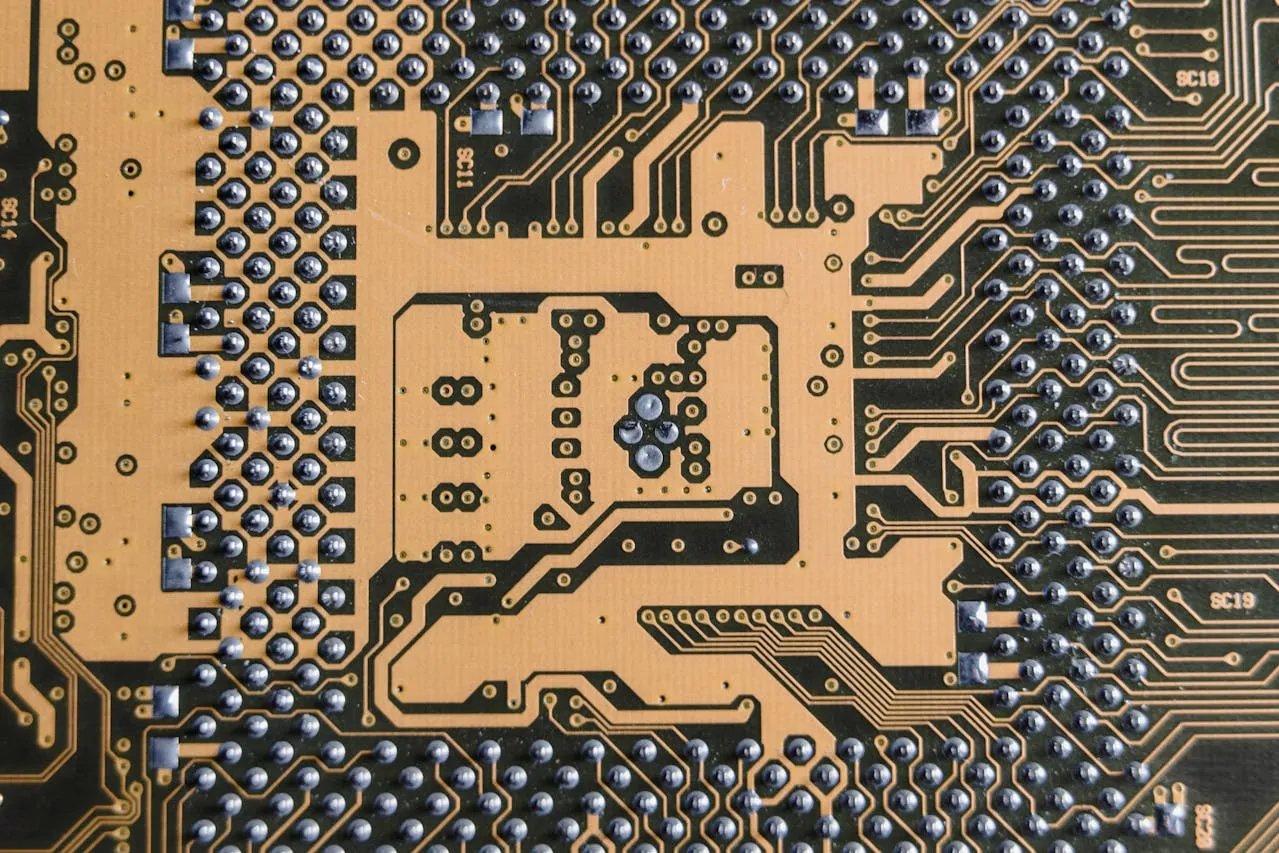
The STARLight project is emerging as one of Europe’s most ambitious technological initiatives, bringing together a consortium of leading industrial and academic partners to advance 300mm silicon photonics (SiPho) technology. The initiative is designed not only to establish a high-volume manufacturing line but also to deliver cutting-edge optical modules while fostering a fully integrated European value chain. Running through 2028, STARLight’s mission is to build application-driven solutions that address the growing demands of strategic industries, including datacenters, artificial intelligence (AI) clusters, telecommunications, and automotive markets.
A Consortium with Global Reach
At the forefront of this initiative is STMicroelectronics (NYSE: STM), a global leader in semiconductors that serves a broad range of electronics applications. Under ST’s leadership, STARLight has been officially selected by the European Commission as part of the EU CHIPS Joint Undertaking, a program that seeks to strengthen Europe’s technological sovereignty and leadership in microelectronics.
According to Rémi El-Ouazzane, President of Microcontrollers, Digital ICs, and RF Products at STMicroelectronics, the STARLight project places Europe at the heart of the technological transformation driven by AI and advanced data processing. He noted that Silicon Photonics is critical for building “the AI factory of the future,” adding that STARLight is a decisive step for Europe’s value chain. By aligning innovation with practical, application-based results, the consortium is positioned to create market-ready solutions while deepening collaboration among Europe’s top research and industrial players.
Why Silicon Photonics?
Silicon photonics is increasingly recognized as a preferred technology for enabling the fast and energy-efficient transfer of data. It combines the mature, high-yield manufacturing capabilities of CMOS silicon, widely used in electronic circuits, with the advantages of photonics, which use light instead of electrical signals for transmitting data. This hybrid approach is critical for datacenters and AI clusters, where scalability, speed, and efficiency are paramount.
Beyond datacom, silicon photonics has applications in LiDAR sensors for autonomous vehicles, space communications, and even AI photonic processors. Its ability to reduce power consumption while boosting bandwidth makes it a cornerstone technology for next-generation systems that rely on vast data flows.
Tackling Core Challenges
A central goal of STARLight is the development of advanced Photonic Integrated Circuits (PICs) that can meet the demanding requirements of future markets. The consortium will work on several technical challenges, including:
- High-speed modulation: Building modulators capable of operating above 200 Gbps per lane, vital for next-gen optical networks.
- Laser integration: Developing efficient and reliable on-chip lasers that ensure seamless performance of integrated systems.
- New materials: Exploring advanced materials like Silicon-on-Insulator (SOI), Lithium Niobate on Insulator (LNOI), and Barium Titanate (BTO), with contributions from partners such as SOITEC, CEA-LETI, imec, Université Paris-Saclay, III-V Lab, and Lumiphase.
- Packaging and integration: Ensuring optimal packaging of PICs with electronic circuits to enhance signal integrity while reducing power consumption.
Sector-Specific Innovations
Datacenters & Datacom
The consortium’s first milestone involves creating datacom demonstrators for datacenters based on PIC100 technology, targeting speeds of up to 200 Gbps. Key contributors here include ST, Sicoya, and Thales, who will also explore free-space optical transmission systems for both terrestrial and space applications. Looking further ahead, STARLight aims to push toward a 400 Gbps per lane demonstrator, utilizing novel materials to shape the future of pluggable optical devices.
Artificial Intelligence
For AI, STARLight is focusing on developing a photonic processor specifically optimized for tensor operations like matrix-vector multiplication and multiply-accumulate functions. These are at the core of neural networks and AI algorithms. The envisioned processor would surpass current technologies in terms of processing speed, energy efficiency, and compact design, ultimately paving the way for more sustainable AI data centers.
Telecommunications
The telecommunications sector stands to benefit significantly from STARLight. Partners like Ericsson are exploring two major concepts. First, the development of an integrated switch for optical offload within Radio Access Networks (RANs), enabling more efficient data handling. Second, they are working on Radio over Fiber (RoF) systems, which relocate power-hungry processing ASICs away from antennas, improving capacity while cutting embodied CO₂ emissions. Meanwhile, MBRYONICS is advancing a free space-to-fiber interface to strengthen optical communication systems.
Automotive & Sensing
STARLight is also set to transform automotive sensing technologies, particularly in LiDAR systems. With partners like SteerLight, which has established ties with major carmakers, the project will demonstrate how silicon photonics can enhance safety and performance in autonomous driving. Additionally, Thales will develop advanced sensors capable of generating and processing complex waveforms, further extending the technology’s benefits into robotics and autonomous systems.
Broader Impact
Beyond specific applications, STARLight’s outcomes will ripple across Europe’s industrial and research ecosystems, strengthening the region’s role as a leader in next-generation silicon photonics. By 2028, the project aims not only to deliver tangible prototypes and demonstrators but also to establish a sustainable value chain spanning from research to production. This positions Europe to compete globally in critical sectors where speed, efficiency, and sustainability are non-negotiable.




